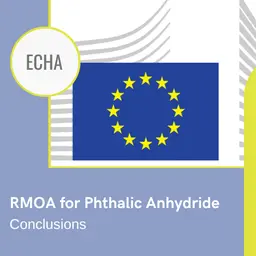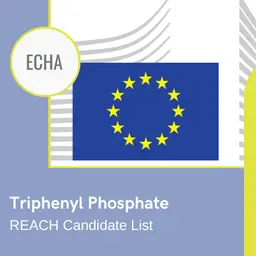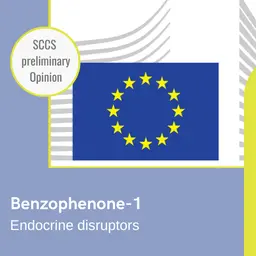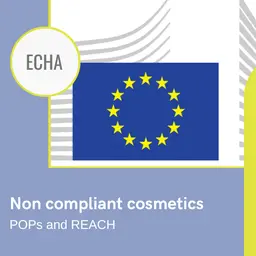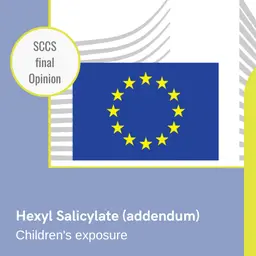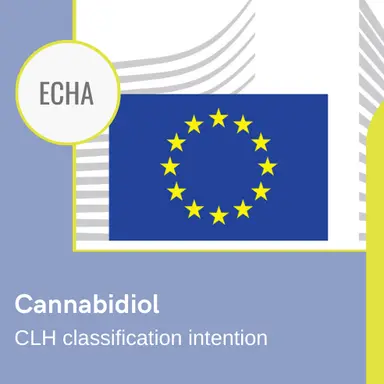
On 7 June 2023, the European Chemicals Agency (ECHA) published France’s intention to introduce a harmonised classification and labelling (CLH) for Cannabidiol, because of its potential reproductive toxicity. This is the start of a process which, if completed, could threaten the use of this ingredient in cosmetics, while its safety is currently being questioned at European level.
2-[(1R,6R)-3-methyl-6-prop-1-en-2-ylcyclohex-2-en-1-yl]-5-pentylbenzene-1,3-diol, for which this intention to classify was sent to ECHA under the REACH Regulation, has CAS No.13956-29-1.
In the CosIng, it refers to Cannabidiol (CDB), of plant or synthetic origin, which is attributed the functions of anti-sebum, antioxidant, skin conditioning and skin protecting.
It is not currently regulated by Cosmetics Regulation 1223/2009, but is the subject of a consultation by the European Commission, which launched a call for data at the beginning of June with a view to preparing a mandate for the SCCS. The Scientific Committee should therefore soon have to assess the safety of CBD, taking into account the possible unintentional presence of traces of other cannabinoids, including THC.
The substance is not currently listed in Annex VI of CLP Regulation 1272/2008.
France has therefore declared its intention to propose a classification based on its reproductive toxicity.
If the process is completed and this classification becomes effective, Cannabidiol will be listed as a CMR whose use, unless exempted, is prohibited in cosmetic products in Europe.
Sources
• ECHA Weekly, CLP - Intentions to harmonised classification and labelling, ECHA, 7 June 2023
• Registry of CLH intentions until outcome - 2-[(1R,6R)-3-methyl-6-prop-1-en-2-ylcyclohex-2-en-1-yl]-5-pentylbenzene-1,3-diol, ECHA, 6 June 2023

